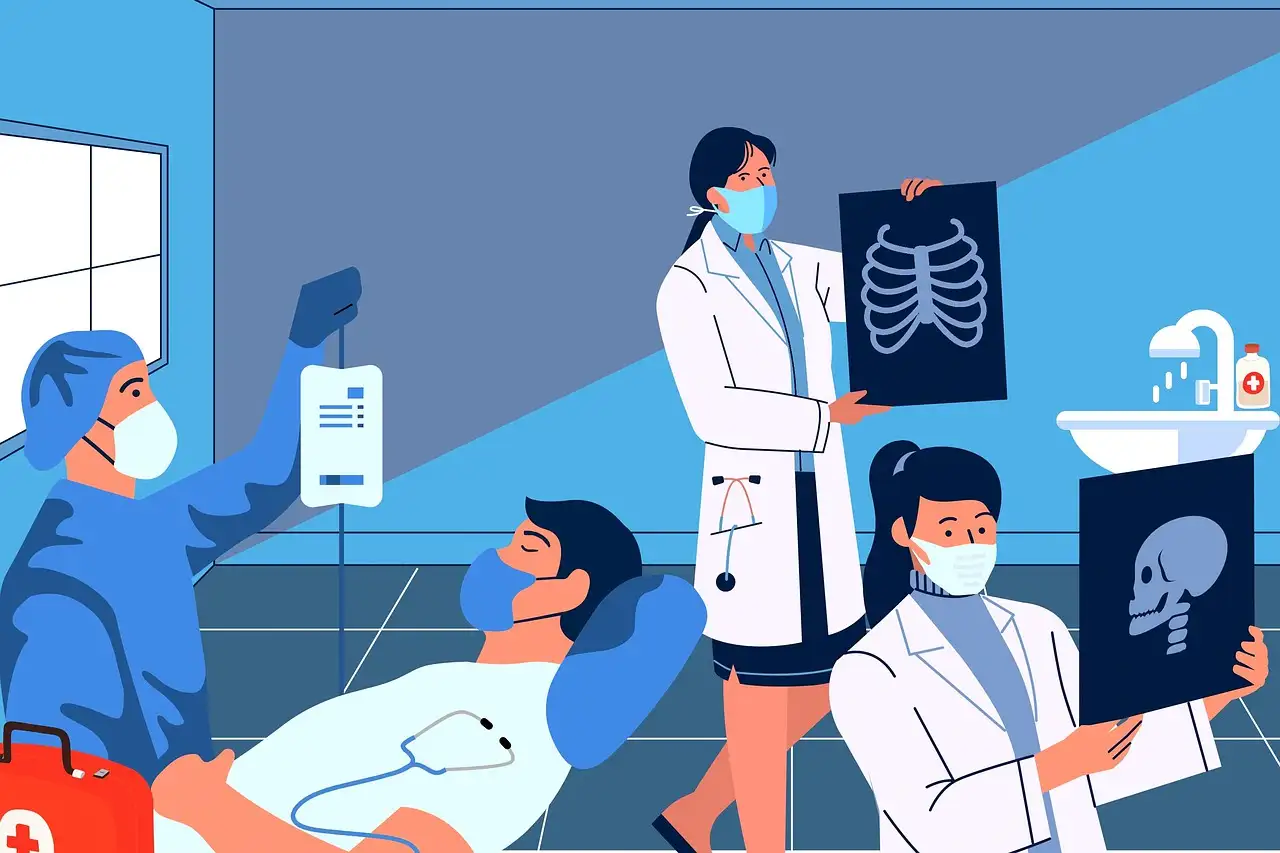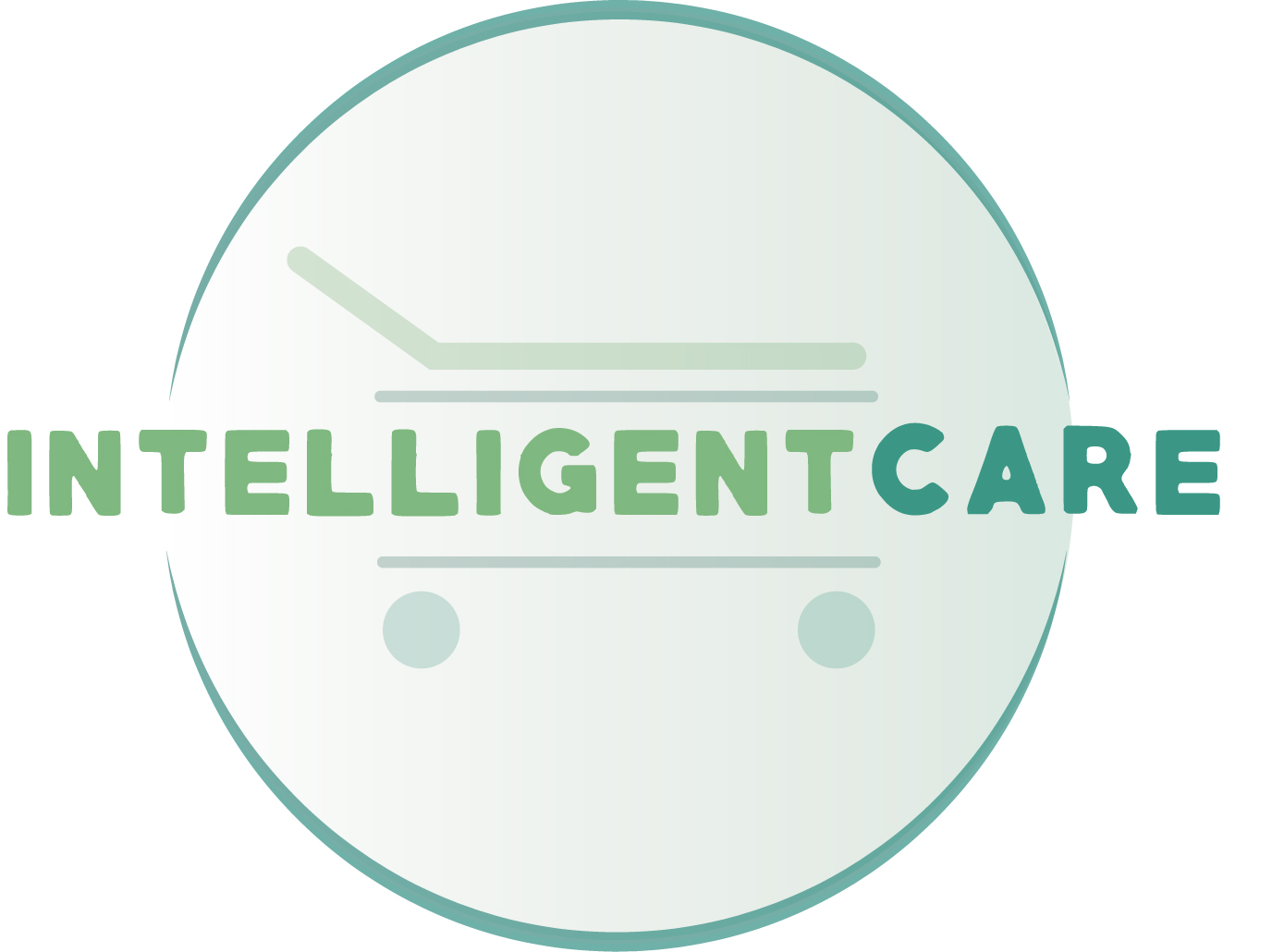Nosocomial infections, also known as Healthcare-Associated Infections (HAI or HCA), represent a constant danger within hospitals. Each year in Italy alone, they affect approximately 700,000 patients, with an associated mortality rate of 4-5%. At the European level, the impact is nearly 4 million patients annually.
What are Nosocomial Infections?
Nosocomial infections, also known as hospital-acquired infections, are contracted within healthcare settings, such as hospitals and care facilities. These infections are not present at the time of a patient’s admission but can emerge at any point during their hospital stay or even after discharge.
Examples of Nosocomial Infections
Among the most common nosocomial infections are:
- Urinary Tract Infections (UTIs) – 35-40% – 18-19% in Italy
- Surgical Site Infections (SSIs) – up to 20%: occur in the incision area after surgery.
- Healthcare-Associated Pneumonia (HCAP): affects hospitalized patients, especially those undergoing mechanical ventilation.
- Bloodstream Infections (BSIs) – between 15 and 30%: can be severe and have a fatal outcome.
- Infections from Multidrug-Resistant (MDR) Bacteria: resistant to one or more antibiotics.
Causes and Risk Factors
The causes of nosocomial infections are diverse and complex. Among the most common risk factors are:
- surgical procedures, especially those that are complex and lengthy;
- the presence of invasive medical devices such as catheters, ventilators, and nasogastric tubes;
- immunodeficiency, caused by diseases such as diabetes, AIDS, or the use of immunosuppressive drugs;
- elderly individuals with weakened immune system;
- prolonged hospital stay, which increases the risk of exposure to pathogenic microorganisms;
- inadequate hand hygiene by healthcare personnel or patients themselves;
- inadequate attention to disinfection and sterilization procedures of medical instruments and environmental surfaces;
- hospitals inadequately equipped.
Economic Costs and Impact on Quality of Life

Nosocomial infections have a significant impact both economically and on life.
In Italy:
- approximately 8% of hospitalized patients contract an infection;
- HCAs cause about 11,000 deaths each year – 1/3 of deaths in hospitals;
- the average length of stay for a patient with an HCA is 7-10 days longer than for a patient without an HCA;
- nosocomial infections and antibiotic resistance have an impact of approximately 2.7 million occupied hospital beds per year;
- the direct and indirect costs associated with HCAs are estimated at around 2.4 billion euros annually.
(source)
The impact of HCAs on health and the economy, without measures, could have a significant increase. By 2050, up to 450,000 deaths per year and costs of at least 12 billion per year are estimated.
In Europe:
- 3.5 million patients contract an HCA each year;
- the mortality rate varies from 3.5% to 8.7% depending on the type of HCA;
- HCAs cause approximately 157,000 deaths per year, according to a study based on the analysis of 3 states: England, Denmark, and Finland, and more than 200,000 deaths for which the infection is a contributing cause;
- 16 million additional hospitalization days;
- the economic costs associated with HCAs are estimated at 28 billion euros annually.
Worldwide:
- WHO estimates that HCAs cause about 7 million deaths each year.
- HCAs are the third leading cause of death in hospitalized patients (WHO, 2023).
- The economic costs associated with HCAs are estimated at 100 billion dollars annually (source: WHO).
An analysis from 2016 estimated that the effects of AMR and consequent HCAs have caused about 50,000 deaths annually in Europe and the United States alone and that without effective interventions, the number of HCAs complicated by AMR by 2050 could cause the deaths of 10 million people per year.
From the EARS-Net data collected throughout 2015, a study estimated 671,689 infections from resistant bacteria, of which 63.5% were associated with healthcare. The estimated deaths attributable to these infections were 33,110, with the highest values in Italy and Greece.
Economically, the effects of HCAs reflect on loss of lives and workdays and on increased use of healthcare resources (length of hospital stay, diagnostic tests, medications). It has been estimated that the 16 million additional hospitalization days have an approximate cost of 7 billion euros.”
Source
Impact on Quality of Life:
Healthcare-Associated Infections (HCAs) are not just a statistical problem or a cost for the healthcare system. Behind the cold figures lie human dramas, tales of suffering, and struggles against unexpected adversities.
The journey to recovery, marred by pain and discomfort, becomes unexpectedly long and difficult. Such infections may impair mobility and independence, rendering individuals reliant on others for basic needs. In certain scenarios, HCAs lead to irreversible disabilities, altering lives irrevocably and inflicting profound emotional and physical scars.
In addition to physical pain, the psychological toll of HCAs is immense. Those affected may experience depression, anxiety, and stress. The dread of recurrence, feelings of powerlessness, and the disruption to one’s life plans can have a lasting impact on mental health.
Therefore, HCAs represent not merely a challenge to physical health or a financial strain but a profound disruption to the overall quality of life, affecting every aspect of a patient’s existence.
In addition to economic costs and impact on quality of life, HCAs also do:
- Prolong hospital stays.
- Increase antibiotic resistance.
- Reduce patients’ trust in the healthcare system.
It is therefore important to implement measures for the prevention and control of HCAs to reduce their impact on public health, healthcare costs, and patients’ quality of life.
How to Reduce the Impact of HCAs? Strategies for the Prevention and Control of Nosocomial Infections
The prevention and control of nosocomial diseases (HAIs) require a multifaceted and proactive approach that involves all operators in the healthcare system. Prevention and control strategies are based on several pillars:
Hand hygiene:
- Hand hygiene is the most important measure for preventing the spread of HCAs.
- Healthcare personnel must wash their hands frequently with soap and water or use alcohol-based hand rubs.
Disinfection and sterilization:
- Surfaces and medical instruments must be regularly disinfected or sterilized.
- It is important to follow the disinfection and sterilization procedures established by guidelines.
Education and training:
- Healthcare personnel must be educated and trained on HCA prevention and control measures.
- Patients and their families must be informed about the risks of HCAs and how to prevent them.
Surveillance and monitoring:
- It is important to monitor the incidence of HCAs to identify and correct any deficiencies in prevention and control procedures.
Isolation of infected patients:
- Patients with HCAs should be isolated in single rooms or cohorted with other patients with the same infection.
- Isolation precautions must be strictly enforced to prevent the transmission of infection to other patients and healthcare personnel.
Biocontainment solutions:
Biocontainment technologies can be used to isolate patients and reduce the risk of pathogen spread. Biocontainment solutions include:
- negative pressure isolation rooms;
- air filtration systems;
- biocontainment stretchers.
Not all HCAs are preventable, but it is currently estimated that more than 50% can be. Furthermore, proper implementation of precise prevention measures could reduce the incidence of infections by up to 70%! Source 1 – Source 2
The effective implementation of these prevention and control strategies can significantly reduce the incidence of HCAs, with a positive impact on public health, healthcare costs, and patients’ quality of life.
It is important to remember that research and innovation play a fundamental role in developing new prevention and control strategies for HCAs.
Nosocomial infections (HCAs) represent a significant challenge for public health, with a significant impact in terms of human lives and economic costs.
The implementation of effective prevention and control strategies, based on a solid safety culture and the use of innovative technologies, can significantly reduce the incidence of HCAs and improve patients’ quality of life.
It is therefore essential to continue investing in research and innovation to develop new prevention and control strategies for HCAs and to improve the management of these infections.

FAQ
What is nosocomial infection (HAI) or nosocomial illness and examples?
An infection contracted in a healthcare setting, like a hospital, clinic, or nursing home.
What are infections in healthcare?
Infections that patients, staff, or visitors acquire in a healthcare setting. These are also called healthcare-associated infections (HAIs) or nosocomial infections (ICAs).
What does nosocomial stand for?
Derived from the Greek words “nosocomion” (hospital) and “ialos” (related to).
What are common hospital acquired nosocomial infections?
- Urinary tract infections (UTIs)
- Surgical site infections (SSIs)
- Pneumonia
- Bloodstream infections (BSIs)
What are the most common causes of healthcare associated infection?
- Bacteria like Staphylococcus aureus (staph) and Escherichia coli (E. coli)
- Viruses like respiratory syncytial virus (RSV)
- Fungi like Candida
What are the most well-known healthcare associated infections?
- UTIs
- SSIs
- Pneumonia
There are various ways to categorize infections, but some classifications include:
- By site of infection: UTIs, pneumonias, SSIs, etc.
- By causative agent: bacterial, viral, fungal, etc.
What are the 5 most common nosocomial infections?
The five most common nosocomial infections are urinary tract infections (UTIs), surgical site infections (SSIs), pneumonia associated with healthcare (HCAP), bloodstream infections (BSIs), and infections from multidrug-resistant (MDR) bacteria.
What are the 7 nosocomial infections?
UTIs, pneumonias, SSIs, BSIs, C. diff infection, ventilator-associated pneumonia (VAP), catheter-associated urinary tract infection (CAUTI)
- Download PDF
